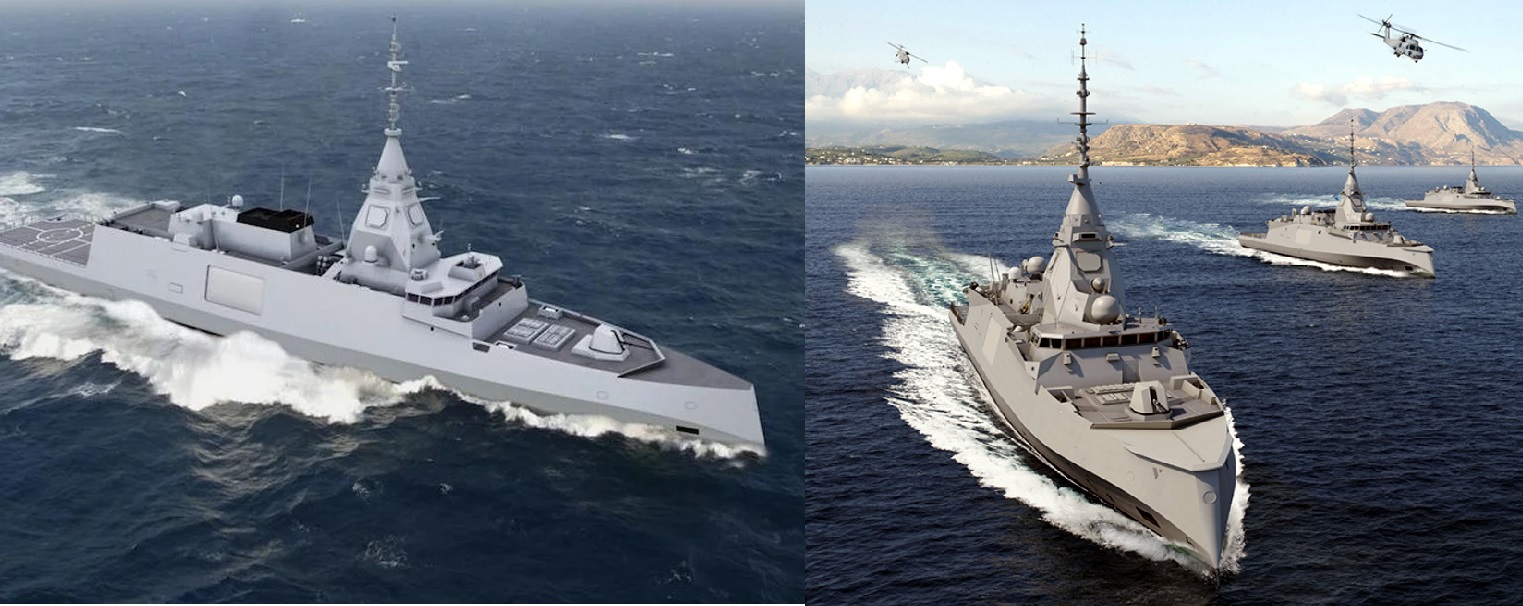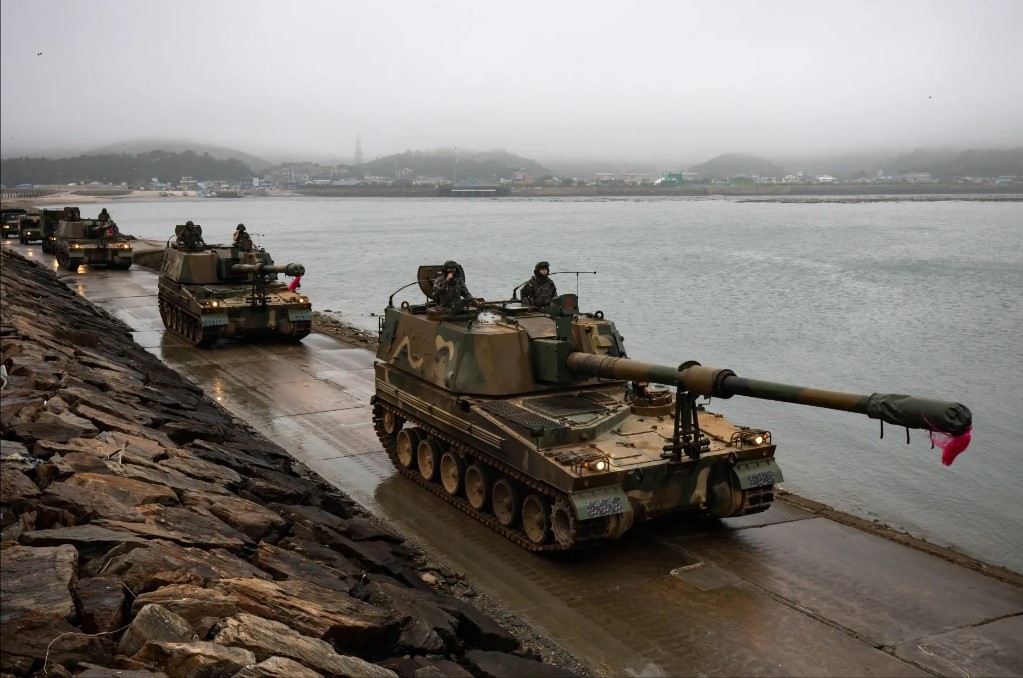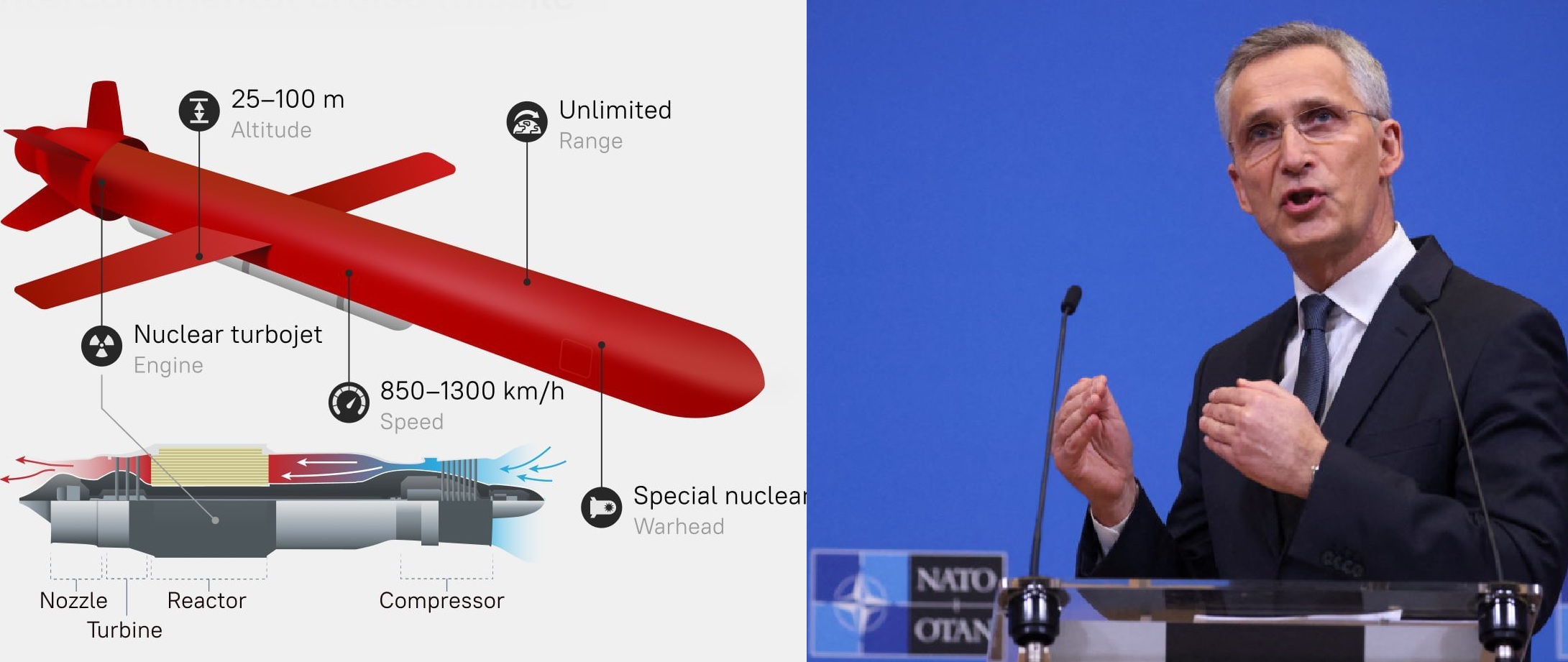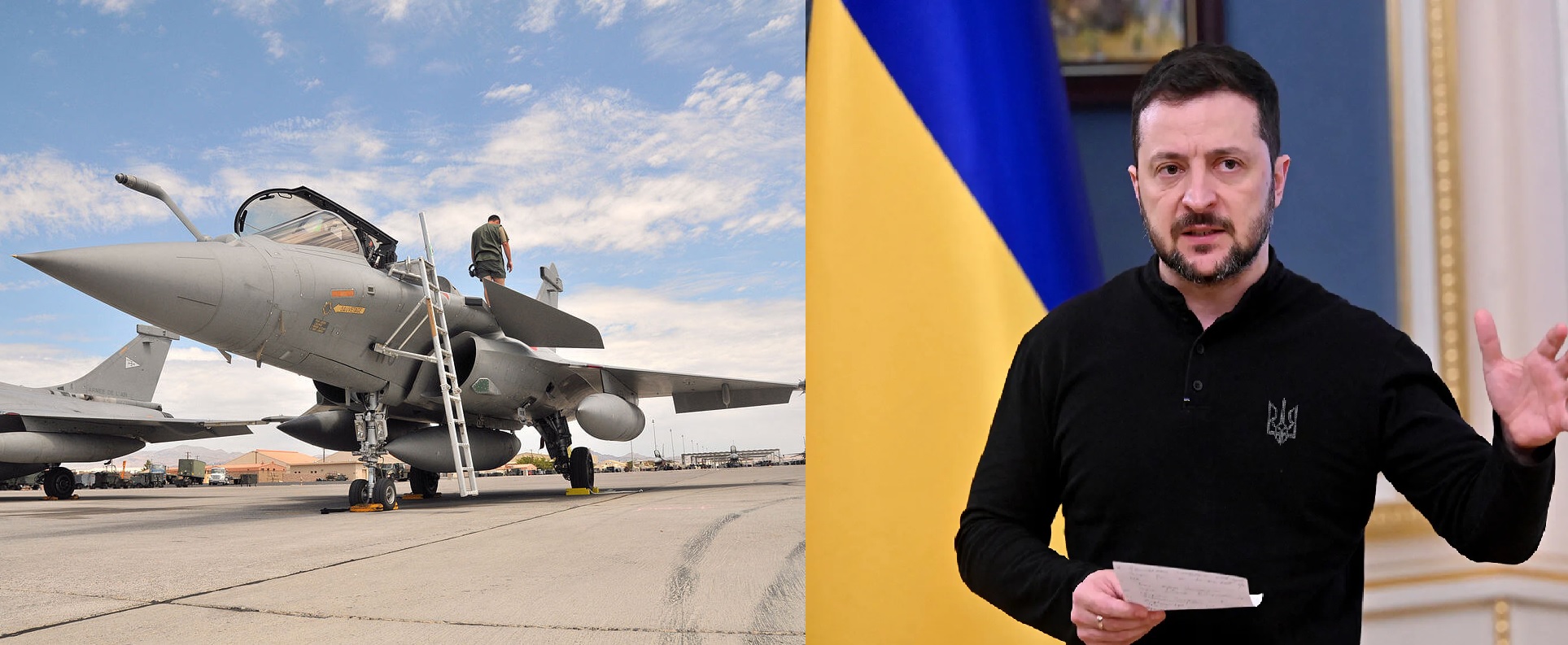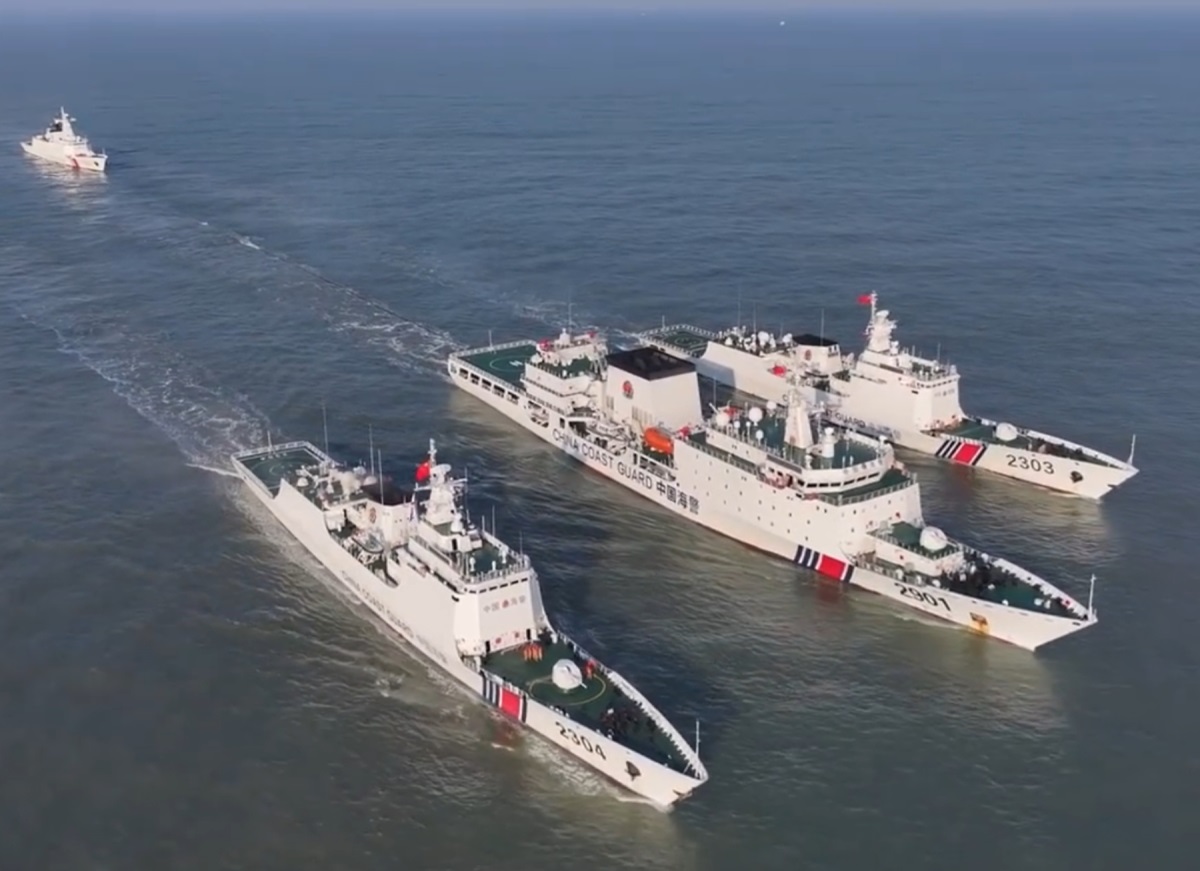Germany and France Consider Scaling Back FCAS as Fighter Jet Dispute Deepens

Germany and France are rethinking their huge €100bn Future Combat Air System (FCAS) project, and both countries are now considering dropping the joint next-generation fighter jet. Instead, they may focus mainly on the “combat cloud”, a shared digital network that will connect aircraft, drones and ground systems.
The change comes after years of arguments between Airbus (Germany/Spain) and Dassault Aviation (France). The two companies cannot agree on who controls the design, who does what, and who gets access to which technologies for the new fighter jet. Because of this, the aircraft part of FCAS has barely moved forward.
France wants Dassault to have full design authority, saying it has the experience needed to build such a jet. Germany wants Airbus to have a bigger role, arguing that a shared European project must be shared fairly. After years of tension, both sides remain stuck.
Because of this deadlock, Germany is now looking at other options, including working with countries in the GCAP fighter programme (UK, Italy, Japan). Some German officials say the country may even need a different future fighter if FCAS does not deliver.
Meanwhile, Dassault says France can build its own next-generation fighter if the partnership fails — and Paris has already started small national studies for a possible “Plan B”.
With the joint fighter in trouble, Germany and France are turning their attention to the combat cloud, the digital system that will allow European aircraft and drones to share information instantly on the battlefield. This part of FCAS is still progressing and is seen as easier to achieve than the aircraft.
The decision is important for Europe’s defense industry. FCAS was meant to support thousands of jobs and keep Europe at the top level in stealth technology, AI, future engines, and advanced sensors. If the fighter project collapses, Europe may end up with different aircraft in different countries, making operations more complex and more expensive — and increasing reliance on U.S. jets like the F-35.
France and Germany also have different military needs. France wants a jet able to carry its nuclear weapons and operate from an aircraft carrier. Germany is more focused on NATO operations and replacing its Eurofighters. These differences make it harder to agree on one shared jet.
A final decision on the future of FCAS is expected by the end of 2025. The project may continue only as a combat cloud programme, or each country may choose its own fighter, or — though unlikely — they may still find a political compromise. For now, the dream of a single joint European next-generation fighter looks increasingly uncertain.
✍️ This article is written by the team of The Defense News.
